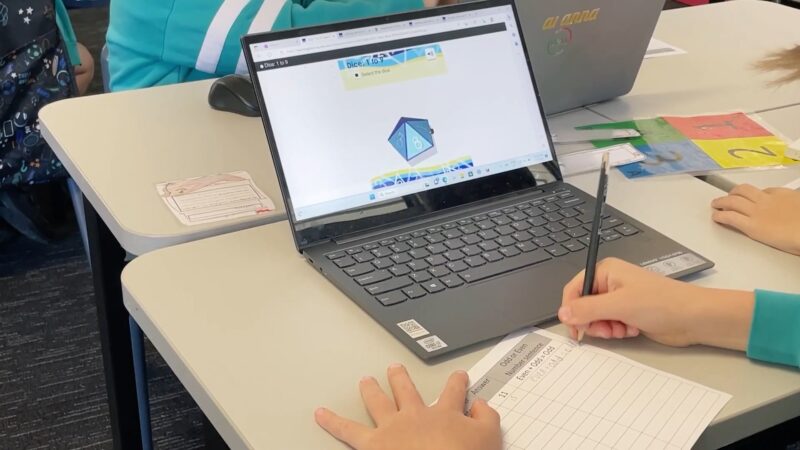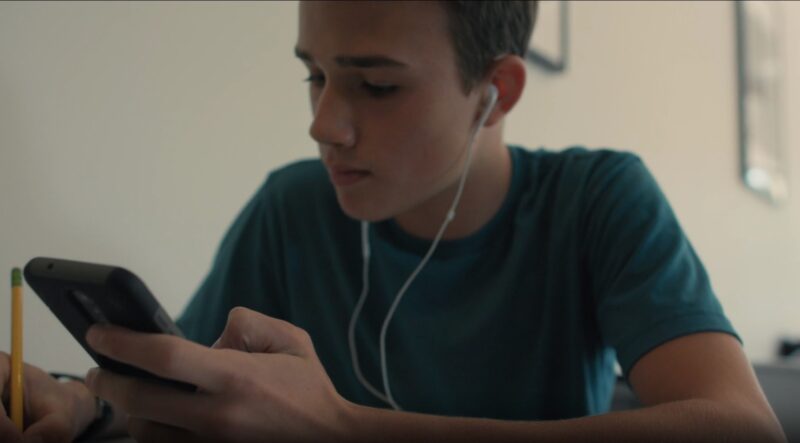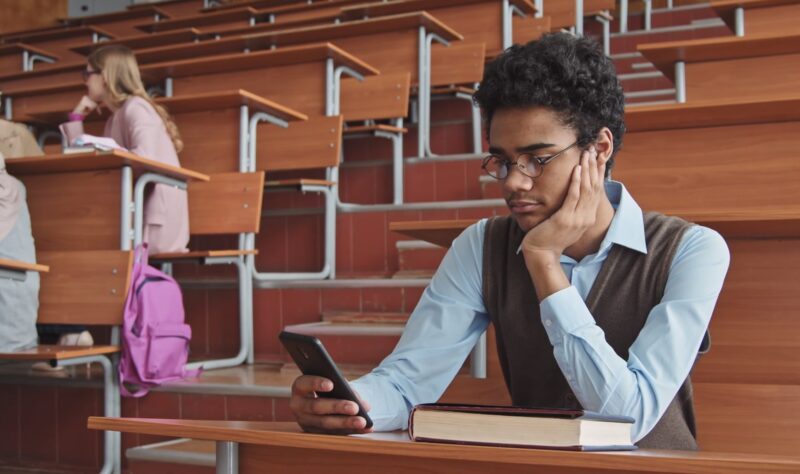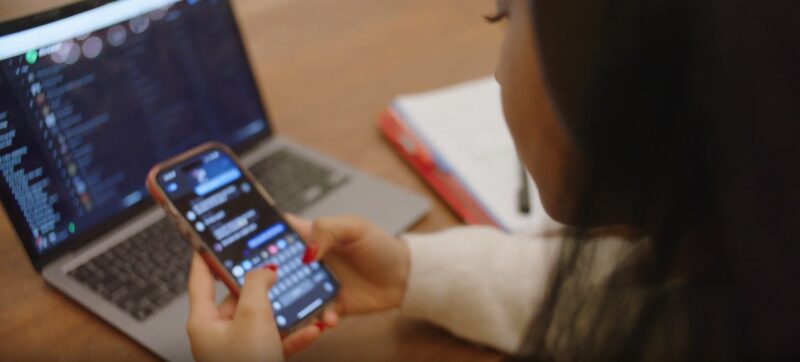The concept of Bring Your Own Device (BYOD) in schools has gained significant traction in recent years, reflecting a broader trend of integrating technology into educational settings. BYOD policies allow students to bring their personal laptops, tablets, or smartphones to school for use in their learning activities.
While this approach offers several benefits, it also comes with its share of drawbacks. This article aims to provide a comprehensive overview of the advantages and disadvantages of using BYOD in schools, exploring how this trend affects various aspects of the educational landscape.
Enhancing Learning Experiences
One of the primary advantages of BYOD in schools is its potential to enhance learning experiences. With the world becoming increasingly digital, incorporating technology into education is almost a necessity. BYOD allows students to access a wide range of educational resources online, including e-books, educational apps, and interactive learning tools. These resources can make learning more engaging, interactive, and tailored to individual learning styles.
Moreover, BYOD fosters a more student-centered learning environment. Students are more comfortable and proficient with their devices, which can lead to more effective learning. Personal devices can be used to create multimedia presentations, conduct research, and collaborate with peers on projects, all of which can enhance the depth and breadth of the learning experience.
Preparing for the Future

Another significant advantage of BYOD is that it helps prepare students for the future. In a world where technology is ubiquitous, familiarity with a range of devices and software is a valuable skill. By using their devices for educational purposes, students can develop digital literacy skills that are essential in higher education and the workplace.
BYOD policies also encourage students to be responsible for their learning and technology use. Managing their devices, organizing digital files, and using technology responsibly are skills that will serve them well beyond the classroom.
Cost-Effectiveness for Schools

BYOD can be cost-effective for schools. By shifting the responsibility of providing devices to students and their families, schools can reduce the financial burden associated with purchasing, maintaining, and updating technology. This can be particularly advantageous for schools with limited budgets.
However, it’s crucial to note that while BYOD may reduce costs for schools, it shifts the financial burden to students and families. This can lead to issues of equity, which we will discuss later in this article.
Challenges in Managing Technology

Despite the advantages, BYOD in schools presents several challenges, particularly in managing technology. Ensuring that all devices are compatible with the school’s network and software can be a daunting task. Teachers may also face difficulties in planning lessons that are accessible to a variety of devices, which can hinder the uniformity of the learning experience.
Furthermore, the security of the school’s network can be compromised with the introduction of various personal devices. The risk of viruses and malware increases, and maintaining the integrity of the school’s digital infrastructure becomes more complex.
Digital Divide and Equity Issues

A significant disadvantage of BYOD is the potential to exacerbate the digital divide. Not all students have equal access to technology; some may not own personal devices or may have outdated or limited-functionality devices. This disparity can lead to inequities in the learning experience, where some students have access to better resources and learning opportunities than others.
Schools implementing BYOD must be mindful of these equity issues and strive to provide alternatives or support for students who cannot afford personal devices. Failing to address this concern can widen the gap between different socio-economic groups within the educational system.
Distraction and Misuse of Technology

Another challenge is the potential for distraction and misuse of technology. When students use their devices for non-educational purposes, such as social media or gaming, it can detract from the learning environment. Teachers may find it challenging to monitor and control the use of personal devices, leading to decreased classroom management and engagement.
FAQs
Final Words
The whole BYOD thing in schools is a bit of a double-edged sword. On one hand, it’s pretty cool because it makes learning more engaging and relevant, and it can save schools some money. On the other hand, it’s not without its headaches, like making sure all those devices play nice together, making sure everyone has equal access, and keeping students from getting sidetracked.
Really, whether or not BYOD works out well depends on how much thought and effort schools put into it. Good planning, clear rules, and helping everyone along the way are key.
It’s important for teachers and those making the big decisions to think these things through and keep tweaking the approach to get the best results. And, with tech constantly changing, staying open-minded and ready to adjust is super important. In the end, it’s all about finding that sweet spot where the benefits of BYOD outweigh the downsides.
